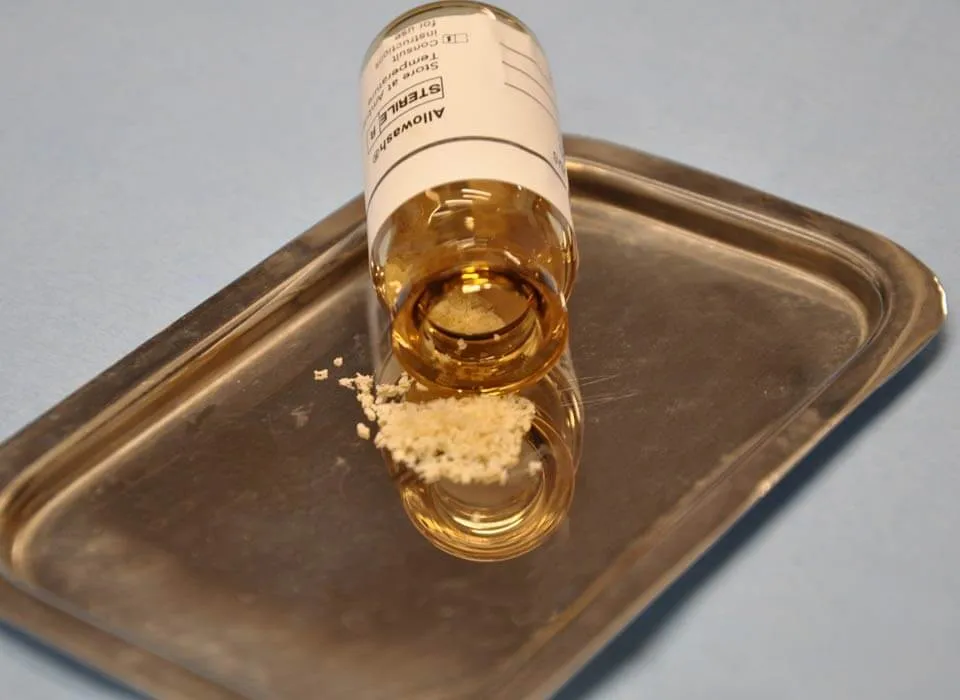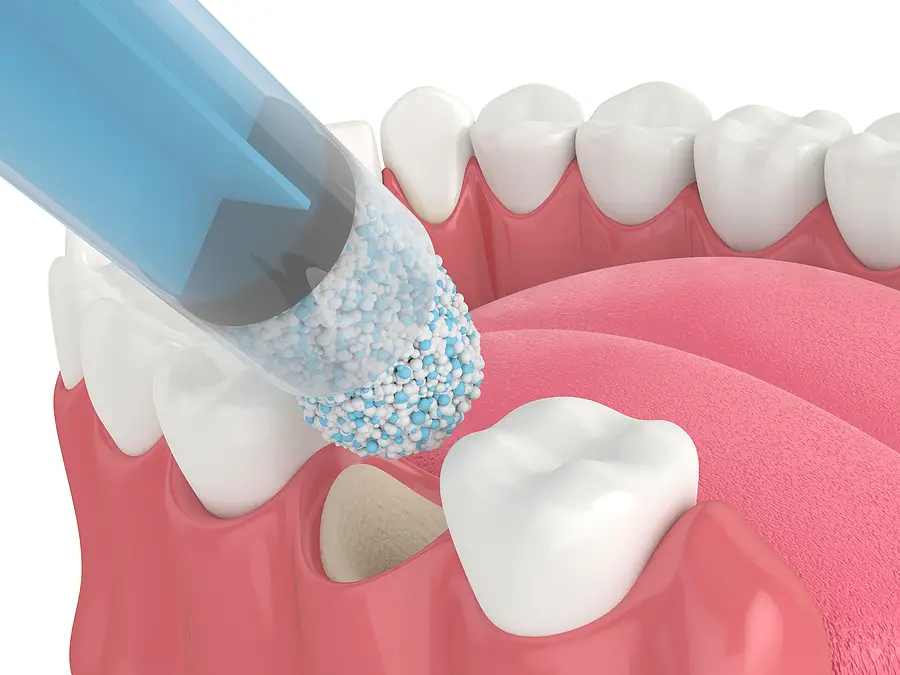Throughout most of dentistry’s history, there was no good solution for bone loss. If a tooth was removed or a permanent restoration was needed, patients without sufficient bone did not have many options. Luckily, advancements in oral surgical technology have made many types of bone grafting possible, facilitating a wider range of options.
Bone grafts are placed for different reasons. The most common reason is to preserve or enlarge the architecture of a tooth socket to facilitate implant placement. Other grafts can be placed to change the shape of the bony ridge where multiple teeth are missing. At Texas Oral Surgery Group, we are proud to offer many options for bone grafting procedures.
What Is a Bone Graft?
A bone graft is a surgical procedure in which an oral surgeon replaces missing bone in the jaw. The bone used for grafting procedures sometimes comes from the patient (called an autograft). For example, the surgeon can use a small piece of bone from a different part of your jaw. In other cases, bone can be obtained from human cadavers (called an allograft) or even from animals (called a xenograft – pronounced zeen-o-graft) such as cows. There are advantages, disadvantages, and indications for different types of grafts in different situations. The expertise of when and how to choose a particular type of graft is part of the training of an oral and maxillofacial surgeon.
In addition, special membranes are utilized that dissolve under the gum and protect the bone graft and encourage bone regeneration. This is called guided bone regeneration or guided tissue regeneration. In most cases of grafting, we prefer to utilize the patient’s own blood (see “PRF” under the services menu) to hydrate and prepare the graft.

Do I Need a Bone Graft?
Over time, when the jawbone is affected by missing teeth, it may atrophy or shrink in size both in height and width. This often leaves a condition in which there is poor quality and quantity of bone suitable for placement of dental implants. In more advanced cases, it can also result in a change in the cosmetic appearance of your face.
If you are missing a tooth, there is a chance that the site may not have enough bony width or height for a dental implant. The longer a tooth is missing without being grafted or replaced with an implant, the higher the chance that the bone will be too narrow or short for implant placement. In that case, a graft may be necessary prior to implant placement.
In most cases of tooth extraction, if an implant cannot be placed immediately, a graft is placed into the socket to preserve the bony width and height in order to better facilitate implant placement in the future. This type of grafting procedure (appropriately called “socket preservation”) is minimally invasive and doesn’t result in any significant alteration of the recovery after extraction.
If you are considering having an implant to replace a tooth that will be removed, but are still unsure, we strongly urge that you consider socket preservation at the time of extraction. This will “buy you some time” by significantly slowing that atrophy (or shrinking) process of the bone at the extraction site. If no grafting is performed and time passes, there is a strong possibility that the site will be small enough in width and/or height that a more invasive (and more expensive!) type of graft will be necessary.
What Are Major Bone Grafts?
Major bone grafts are generally performed when a more extensive alteration in the architecture of the bony ridge is necessary in order to change the width or height of the ridge to facilitate implant placement. Essentially, this is the case in most instances of grafting other than routine socket preservation at the time of extraction.
There are various types of grafting techniques that are used to widen the ridge when necessary or increase the height of the ridge in less common cases. If a major bone graft is necessary in your specific case, Dr. Stewart or Dr. Michael will spend time explaining the indications, options, and details of the procedure to make sure that you understand every aspect.

Want to Learn More About Bone Grafting Near Plano, Denton, Decatur, or Gainesville, TX?
Please do not hesitate to contact our office to schedule an evaluation with Dr. Stewart or Dr. Michael. We look forward to seeing you soon!



